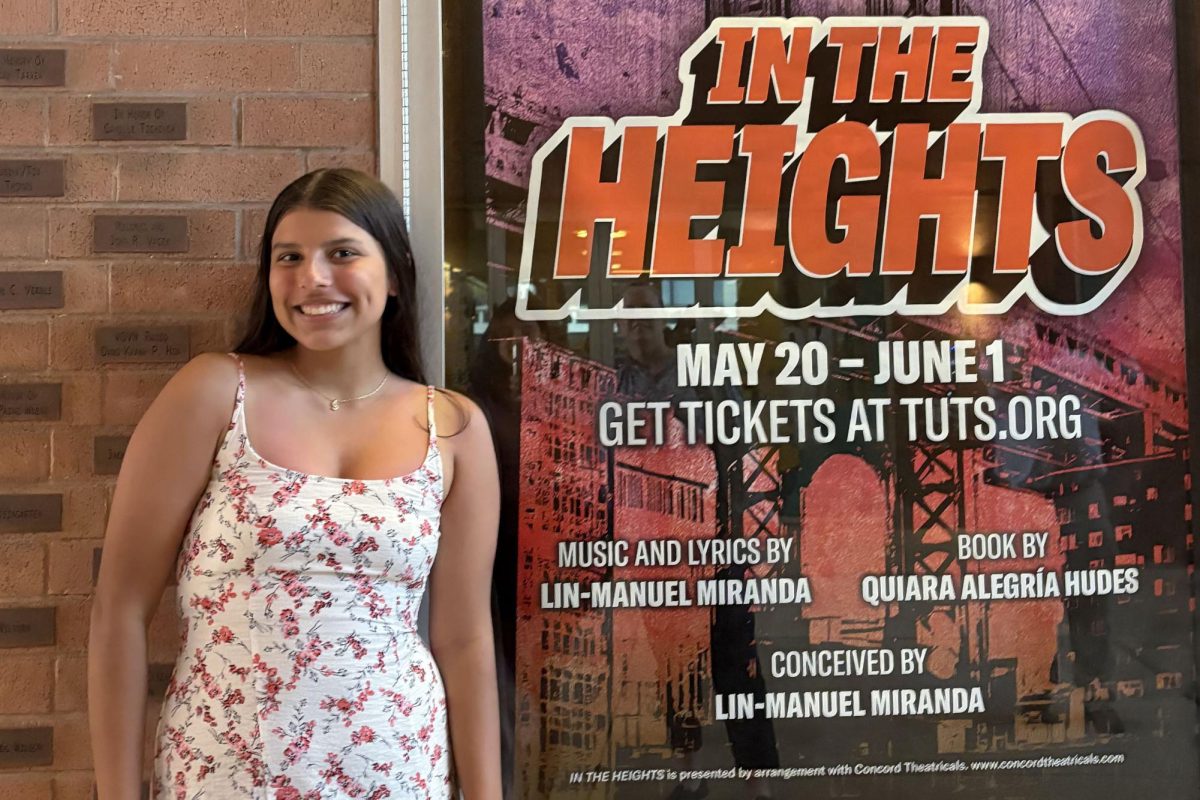An album that would stir speculation for the next decade made its debut on Dec. 12, 2012. Titled “Hawaii: Part II,” this album follows the formatting of a musical, hence the band name: Miracle Musical. While the music in “Hawaii: Part II” is extremely well crafted and creative, the real star in this album is its story.
Even after over a decade since “Hawaii: Part II” was released, it still sits under heavy interpretation. The first four songs in this album are told mostly from the perspective of the main character. The main character is a man who has recently moved to Hawaii and he describes how he meets a girl who he believes to be the love of his life. Their love story progresses and the songs resemble a duet of storytelling between the lover and the main character rather than the main character leading the story solo like the previous songs. They both describe their blossoming love; and eventually in “White Ball” they both sing about, in simple terms, living happily ever after. A beautiful love story is shared throughout these four songs and gives a hopeful outlook for the rest of the album. However, this perfect story is all torn apart in the fifth song of the album.
Titled “Murders,” the next song breaks through the facade that the main character has fabricated for himself in the first four songs. This song starts off with a dark and heavy piano melody that immediately separates it from the rest of the songs. We are introduced for the first time in this song to the narrator, who begins to give us the true story. He starts the song by explaining the start of a date shared between the main character and his lover. The main character finds his lover, but she is not met by the man she thought she knew, she is met by the “Erlking.” The Erlking, as described by most European mythology, is known as an evil spirit who dwells in the forest and leads children to their deaths. With the full line being, “She found the Erlking (the lover)” we can be almost certain that our main character is being directly linked to the murderous spirit of the Erlking. Despite this, they carry on their date and share an intimate night all while our main character is thinking about the best possible place to murder his new lover.
“The Mind Electric” follows the murder of the lover as well as the trial and conviction. This song starts off playing the second half of the song in reverse. This lasts for about three minutes and then leads into the start of the song. The reverse of the song represents the mental state of the main character as he is sentenced to live the rest of his life in a mental institution as a result of him murdering his lover.
Once the song is done being reversed, we hear speaking from the trial, which seems to be the main character remembering the events that he experienced. Immediately after he recounts his condemnation, the music picks up tempo and a descending piano line joins in an almost spiral-like way. By the piano line creating a downward spiral-like motion it shows us how the life of the main character is also following a downward spiral.
This piano line stops suddenly when the line “Scattering sparks of thought energy” hits. Scattering sparks is a reference to the shock therapy that our character is being put through during his time in the institution. Another shift in music and the line, “Deliver me and carry me away” seem to insinuate that the shock therapy is giving the main character a sense of temporary relief. This is short lived though, because a couple lines later the spiraling piano lines picks up again in a lower key and then is cut off by random noises and record feedback. The music in this section feels chaotic and disheveled which is a direct reflection of the current state of the main character’s brain. It becomes obvious at this point that the shock therapy that seemed to be giving him comfort is making his mind crumble. He is losing control, proven further by one of the last couple of lines in the song, “Someone help me understand what’s going on inside my mind. Doctor, I can’t tell if I’m not me.”
In the next songs our character has completely lost his mind, different voices start appearing in the songs which all seem to be different manifestations of the main character’s mind. He starts to sing of “being trapped” having the line repeated throughout the song “Labyrinth.” He is feeling trapped physically and mentally, he can’t escape his own mind and he can’t escape his doctors.
This leads him to form an escape plan in the song “Time Machine.” He says that he is “Leaving today, today” and reminisces about his past and all of the time he has wasted. Due to his mental state though, he seems to think that he has the ability to find his lover and relive the life they had before.
In “Stranded Lullaby” we follow the character’s escape and him getting lost at sea. He starts to express his loneliness and his curiosity why he can’t find his lover. He has spiraled so far into his mind that he believes that his lover is alone somewhere and that he needs to find her, but since he is lost at sea, he can’t. He ends the song thinking fondly of his lover and seems to finally be reaching a sense of peace in his mind.
The last song of the album is our main character’s goodbye letter. He is still lost at sea and is starting to accept his death. He feels a pull toward death, calling it a siren “who promises endless apologies of paradise.” In one line he mentions wanting to go “together in flight” which could be a reference to when his lover and him first met, wanting to live a life together or, more grimly, this line could be a reference to wanting to join his lover in death. As he continues to drift into delusion and death, the music changes with him. The song starts to accumulate other voices and slows down to represent how his brain is also slowing. He ends off the song saying his final goodbyes to Hawaii, referring to the island as a work of art. In the final lines of the song he sings of “One Light,” which is exactly what it sounds like, the light at the end.
As the music comes to an end, a drone starts as a repeating note which turns into a repeating chord and then all of the sudden it stops, signifying the end of the main character’s story: death.








